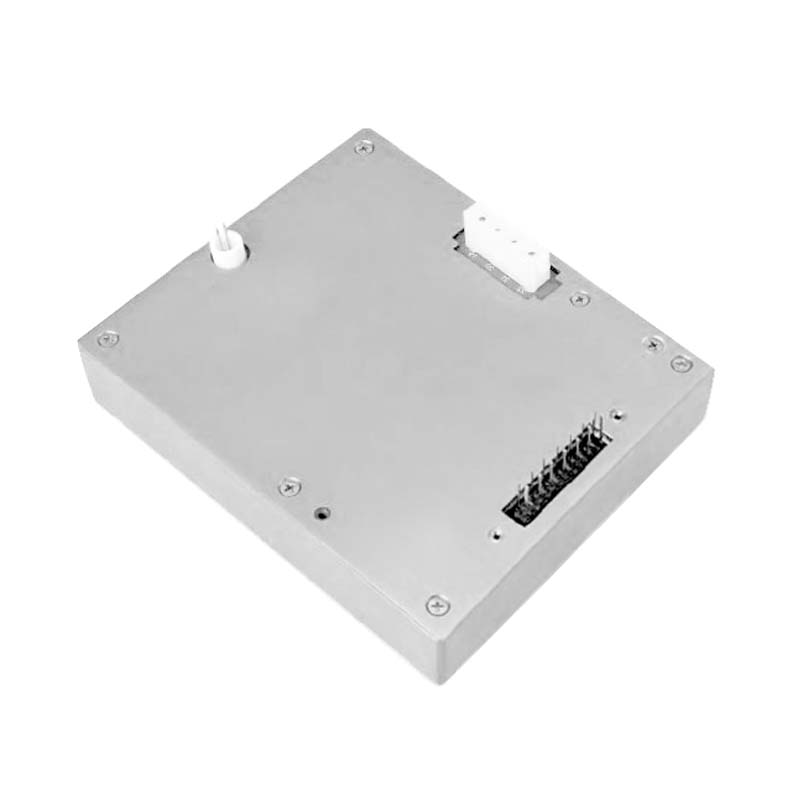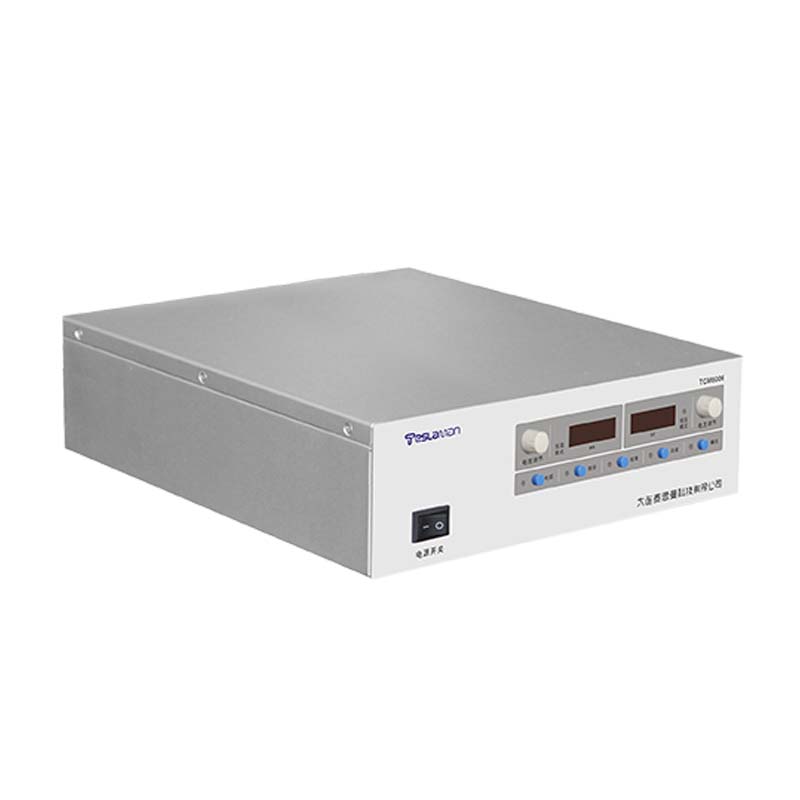Analysis of the Reliability and Stability of High-Voltage AC Power Supplies in Power Engineering
Abstract: With the increasing demand for electricity in modern society, the construction and development of power engineering are receiving increasing attention. As a core component of the power system, the reliability and stability of high-voltage AC power supplies are crucial for the safe and stable operation of the entire power system. This paper will discuss the reliability and stability issues of high-voltage AC power supplies in power engineering from a professional perspective.
1. Introduction
High-voltage AC power supplies refer to AC power sources with a voltage level of 1 kV or higher, which are widely used in power generation, transmission, distribution, and consumption. The high-voltage AC power supply system mainly includes generators, transformers, switchgear, transmission lines, and other components. These devices are interconnected in the power system, together forming a complex power network.
2. Overview of High-Voltage AC Power Supplies
The reliability of high-voltage AC power supply equipment is essential for ensuring the normal operation of the power system. Equipment reliability is typically measured by failure rate, mean time between failures (MTBF), and other indicators. To improve equipment reliability, power engineers need to select high-performance, high-quality equipment and strengthen equipment maintenance and management.
3. System Reliability
In addition to the reliability of the equipment itself, the reliability of the high-voltage AC power supply system also depends on the coordination and compatibility among various devices. Power engineers need to fully consider the overall performance of the system during design, installation, and commissioning to ensure that all devices can work together and improve the reliability of the entire system.
4. Stability Analysis
a) Static Stability
Static stability refers to the ability of the power system to return to its original operating state after being subjected to small disturbances under normal operating conditions. The main factors affecting static stability include equipment parameter settings and grid structure. Power engineers can improve the static stability of the power system by optimizing equipment parameters and improving the grid structure.
b) Dynamic Stability
Dynamic stability refers to the ability of the power system to maintain normal operation and return to normal operating conditions after being subjected to large disturbances or faults. Dynamic stability is affected by various factors, such as the dynamic characteristics of equipment and the transient process of the power grid. To improve dynamic stability, power engineers need to study the dynamic characteristics of equipment in depth and optimize the operation and control strategies of the power grid.
5. Conclusion
High-voltage AC power supplies play an irreplaceable role in power engineering, and their reliability and stability are directly related to the safe and stable operation of the entire power system. To improve the reliability and stability of high-voltage AC power supplies, power engineers need to comprehensively consider and optimize various aspects, such as equipment selection, system design, and operation and maintenance. At the same time, with the continuous advancement and innovation of technology, high-voltage AC power supply technology will develop towards higher performance, greener, and more intelligent directions in the future, providing strong support for building a more robust and reliable power system.




















